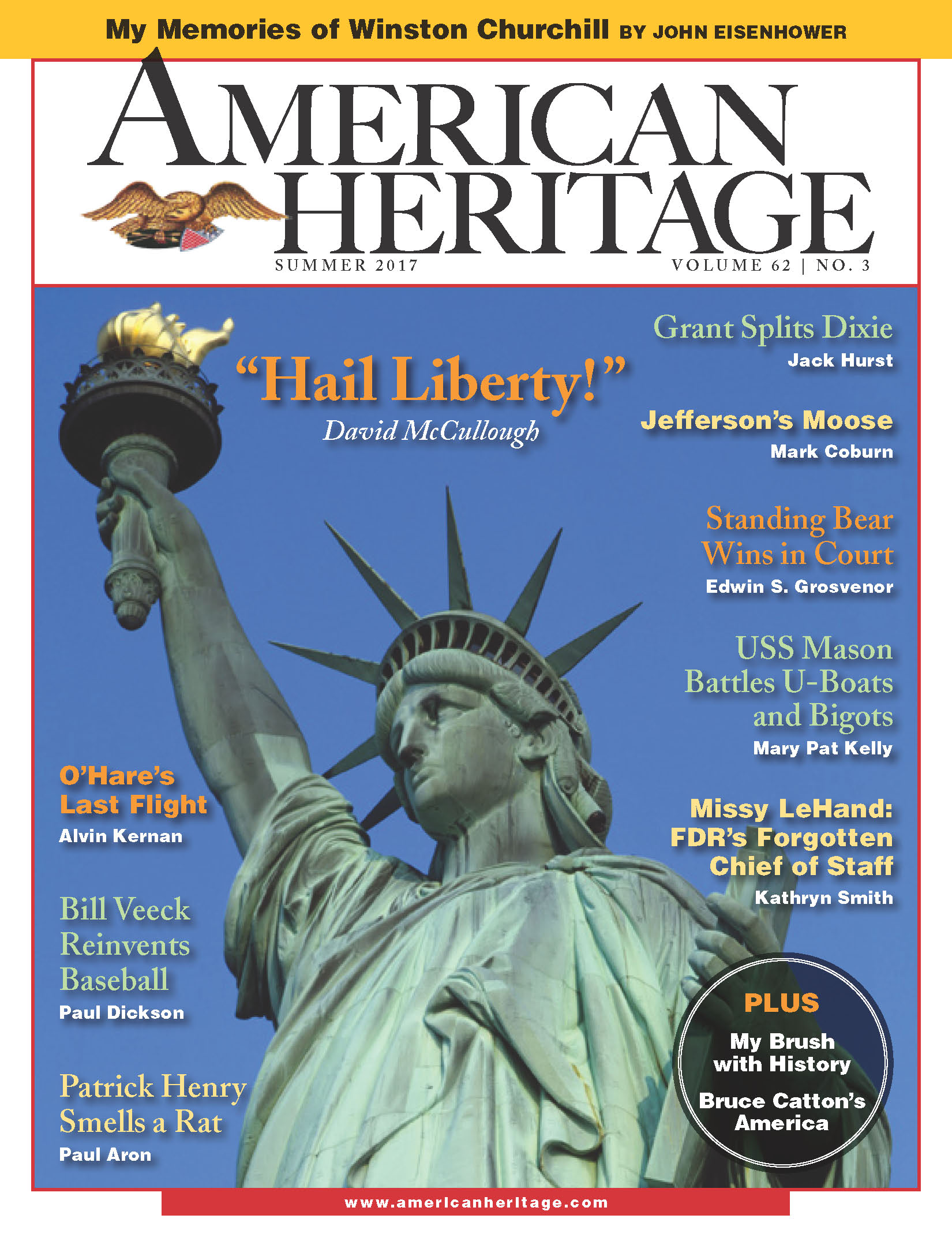-
August/September 2006
Volume57Issue4
The African-American past is an iceberg, still 90 percent submerged. Because so much material remains in family hands or lies piled in the unvisited attics and basements of libraries, newspapers, and even police stations, rich discoveries await. Currie Ballard, a historian in Oklahoma, has just made what he calls “the find of a lifetime”—29 cans of motion picture film dating from the 1920s that reveal the daily lives of some remarkably successful black communities.
The film shows them thriving in the years after the infamous Tulsa Riot of 1921, in which white mobs destroyed that city’s historic black Greenwood district, which was known as the Black Wall Street of America. Through the flickering eloquence of silent film we see a people resilient beyond anyone’s imagining, visiting one another’s country homes, parading through downtown Muskogee in some two dozen Packards, crowding an enormous church in Tulsa not long after the riots, during a gathering of the National Baptist Convention.
|
||||||||||
Indeed, this extraordinary archive exists because someone at the powerful National Baptist Convention assigned the Rev. S. S. Jones, a circuit preacher, to document the glories of Oklahoma’s black towns, Guthrie, Muskogee, and Langston. Reverend Jones surely has a way with a camera as he comes in close on the animated faces of his neighbors, sweeps wide to track black cowboys racing across a swath of ranch land, or vertically pans up the skyscraper-high oil derricks owned by the Ragsdale family, whose wells produced as much as a thousand barrels a day. We know the names of these families and others because typed labels accompany each of the eight-minute cans, and onscreen titles introduce the various segments.
This is a historian’s dream, more than four hours of never-before-seen film that is engaging, intimate, and shown in its full context, incorporating names, dates, and places. And Reverend Jones even traveled (as reflected in those 29 cans of film but not in the excerpts here) to Kansas City, Denver, Arkansas, and even Paris and Marseilles to film life there.
Ballard admits that he mortgaged his life away when the opportunity arose to acquire this treasure. Now he’s hoping to find an appropriate institution to take it over and transfer the highly unstable film to disk, a costly operation. He wants the world to view this material, to make people aware that only 60 years after emancipation, and in the shadow of one of the nation’s most violent and destructive race riots, these people persevered and built anew. Perhaps someone out there, watching this, right now, will take the lead.
For more information contact Wyatt Houston Day, a bookseller and archivist who has been working with Currie Ballard. He’s at whdbook@erols.com.
—Carla Davidson is a senior editor at American Heritage magazine.


